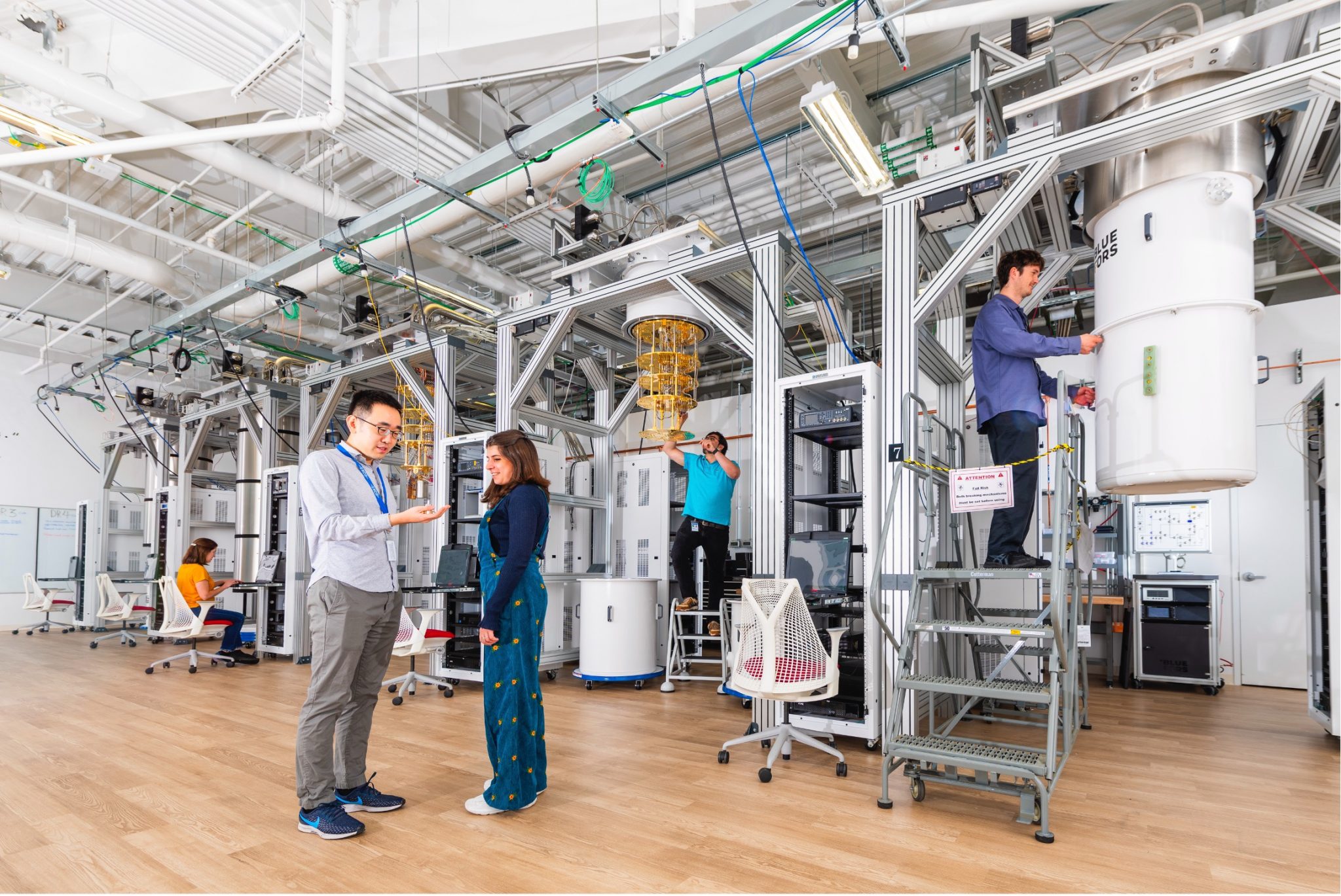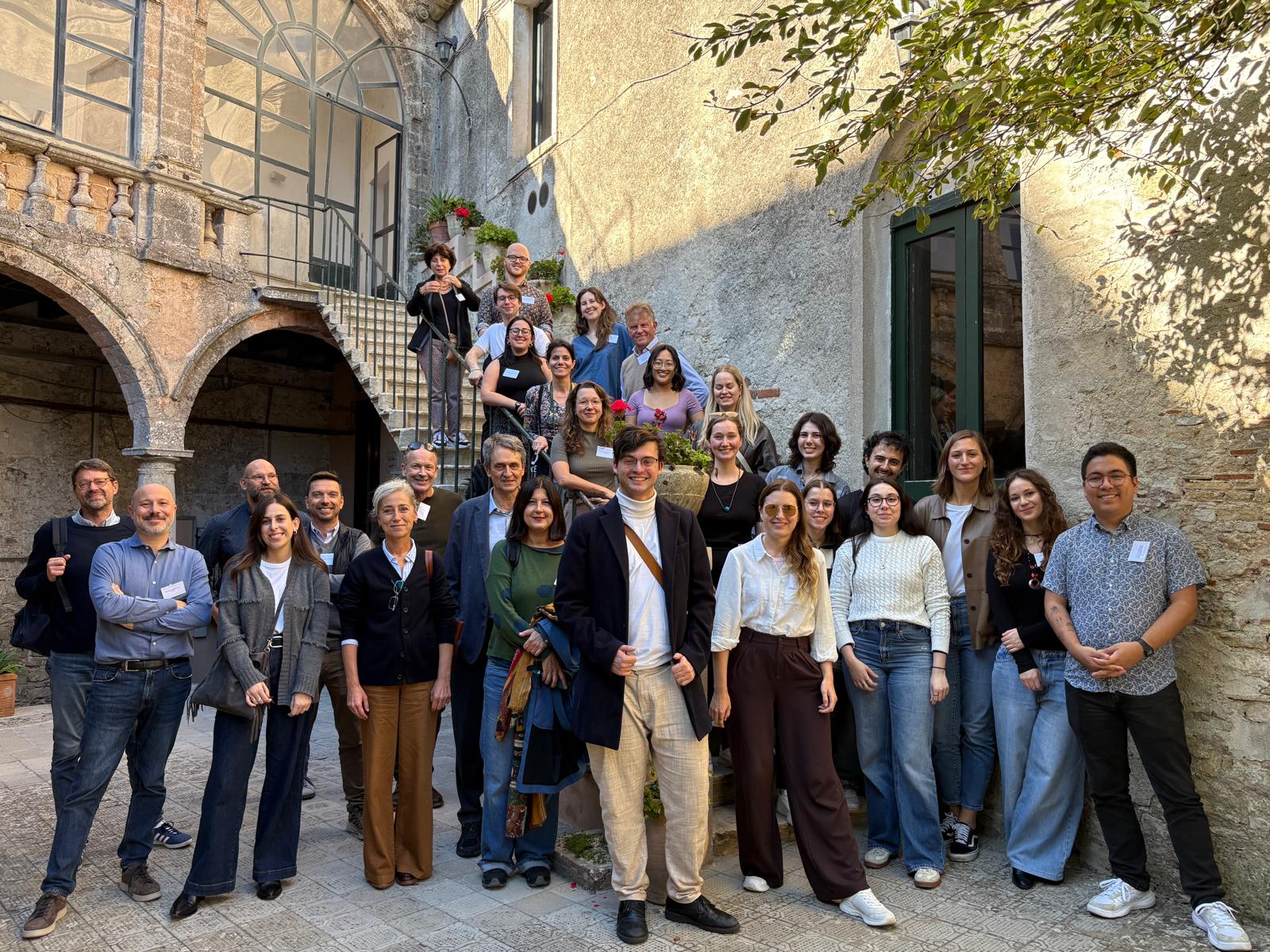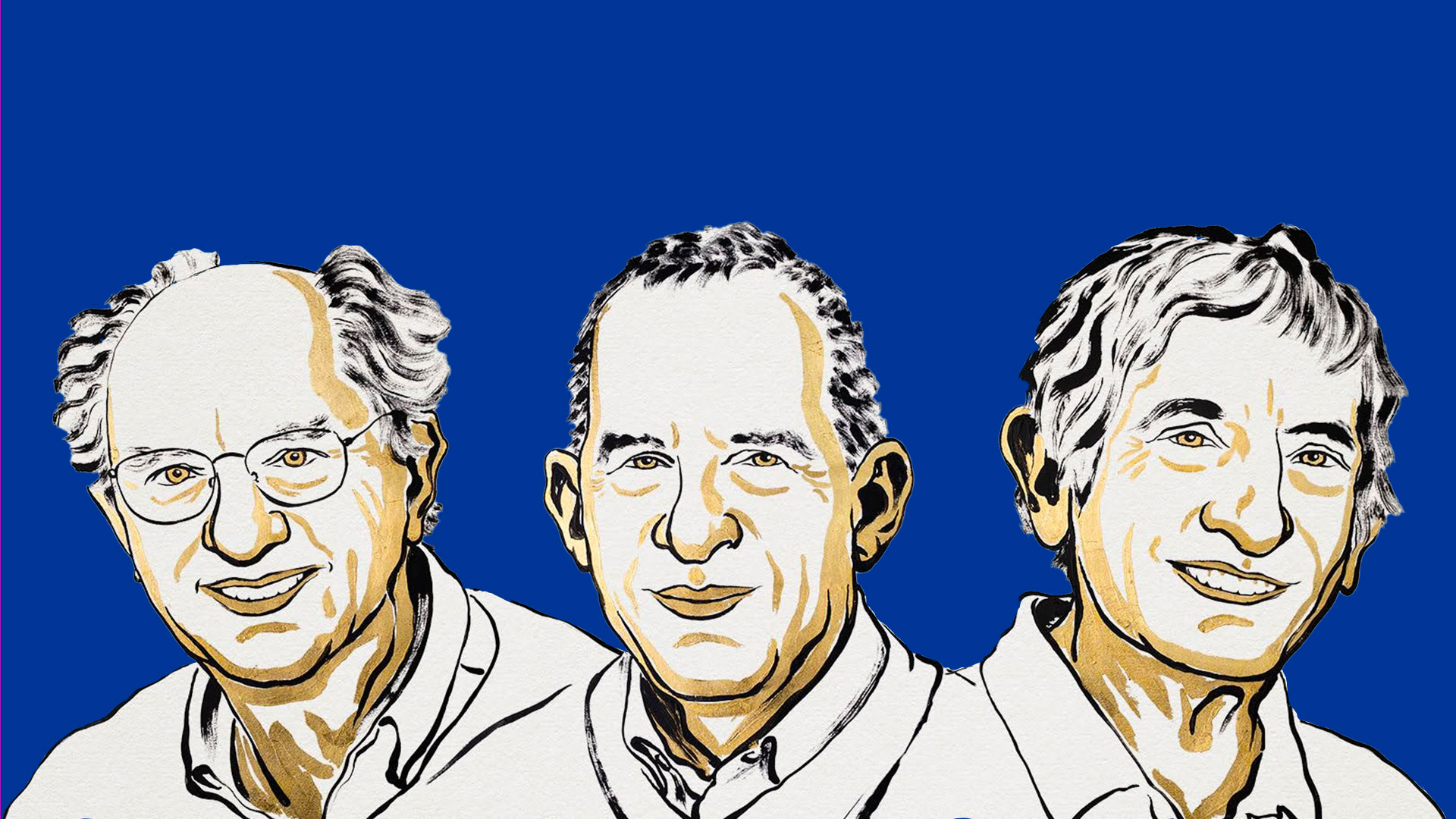 After seven billion years, the photons emitted by the galaxy “QSO B0218+357”, which is home to a supermassive black hole, have reached the Earth. Observing the most distant source of gamma rays ever observed at high energy were the Fermi-LAT (Large Area Telescope) space telescope and the two MAGIC (Major Atmospheric Gamma-ray Imaging Cherenkov) ground-based telescopes, in the Canary islands, which were alerted by Fermi-LAT. Due to the full moon, however, whose light overshadowed the signal, the large MAGIC mirrors were not able to immediately observe the emission of the ultra-energetic photons. The observation was again possible 11 days after the signal recorded by Fermi-LAT, thanks to the gravitational lensing effect (Einstein lens). The phenomenon, due to the presence of a second nearer galaxy, caused the separation of the light into two different paths, with a delay between the two signals which, calculated based on the General Relativity predictions, corresponds exactly to the 11 days actually experienced. The correspondence is of great interest and indicates that the structure of the cosmic void is that predicted by the theories, with particular reference to the number of background photons, approx. one hundred per cubic centimetre. The observation also shows that the gravitational lensing effect does depend on the wavelength of the photons..
After seven billion years, the photons emitted by the galaxy “QSO B0218+357”, which is home to a supermassive black hole, have reached the Earth. Observing the most distant source of gamma rays ever observed at high energy were the Fermi-LAT (Large Area Telescope) space telescope and the two MAGIC (Major Atmospheric Gamma-ray Imaging Cherenkov) ground-based telescopes, in the Canary islands, which were alerted by Fermi-LAT. Due to the full moon, however, whose light overshadowed the signal, the large MAGIC mirrors were not able to immediately observe the emission of the ultra-energetic photons. The observation was again possible 11 days after the signal recorded by Fermi-LAT, thanks to the gravitational lensing effect (Einstein lens). The phenomenon, due to the presence of a second nearer galaxy, caused the separation of the light into two different paths, with a delay between the two signals which, calculated based on the General Relativity predictions, corresponds exactly to the 11 days actually experienced. The correspondence is of great interest and indicates that the structure of the cosmic void is that predicted by the theories, with particular reference to the number of background photons, approx. one hundred per cubic centimetre. The observation also shows that the gravitational lensing effect does depend on the wavelength of the photons..
The paper on Astronomy&Astrophysics
http://www.aanda.org/articles/aa/pdf/forth/aa29461-16.pdf





